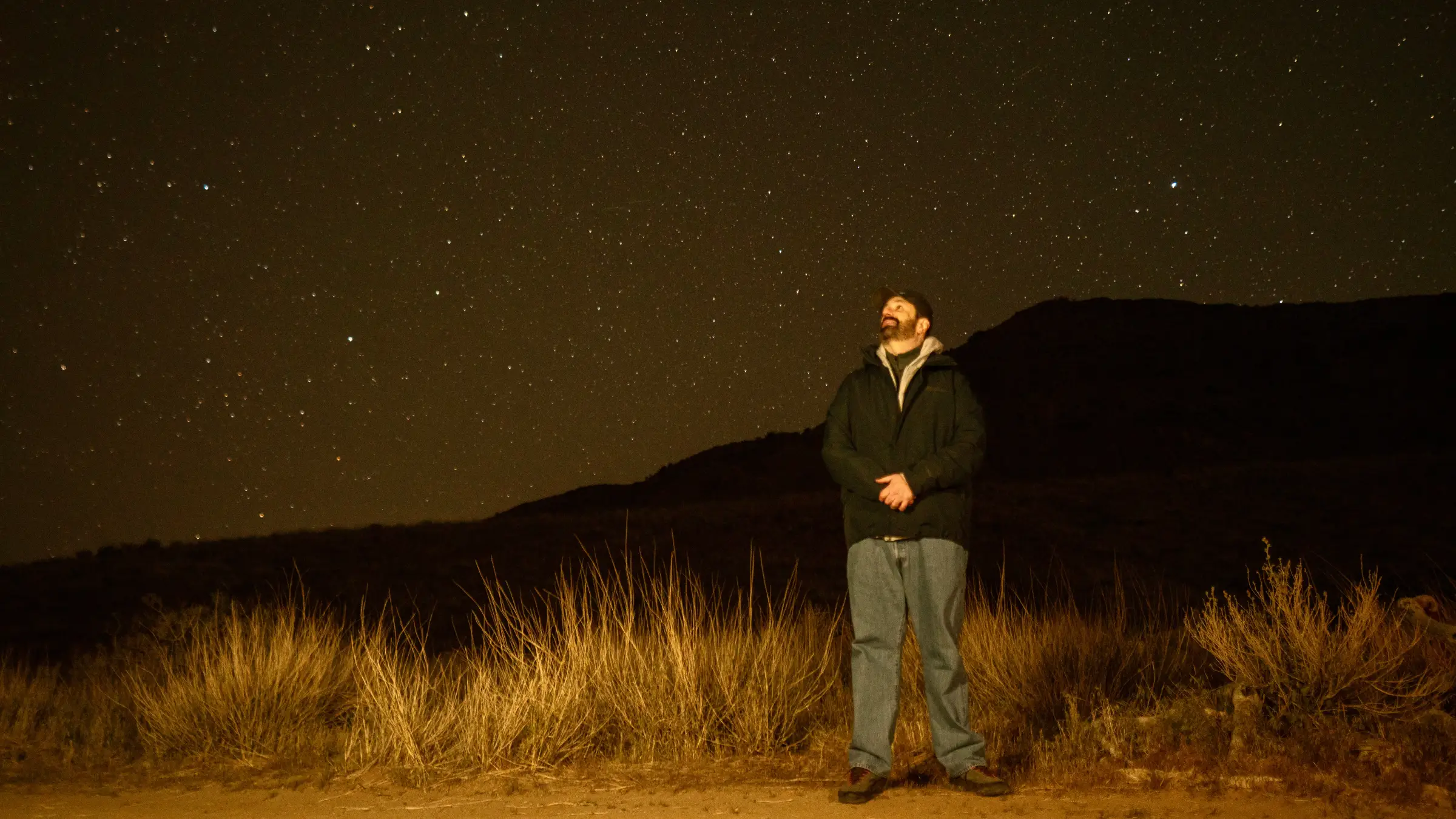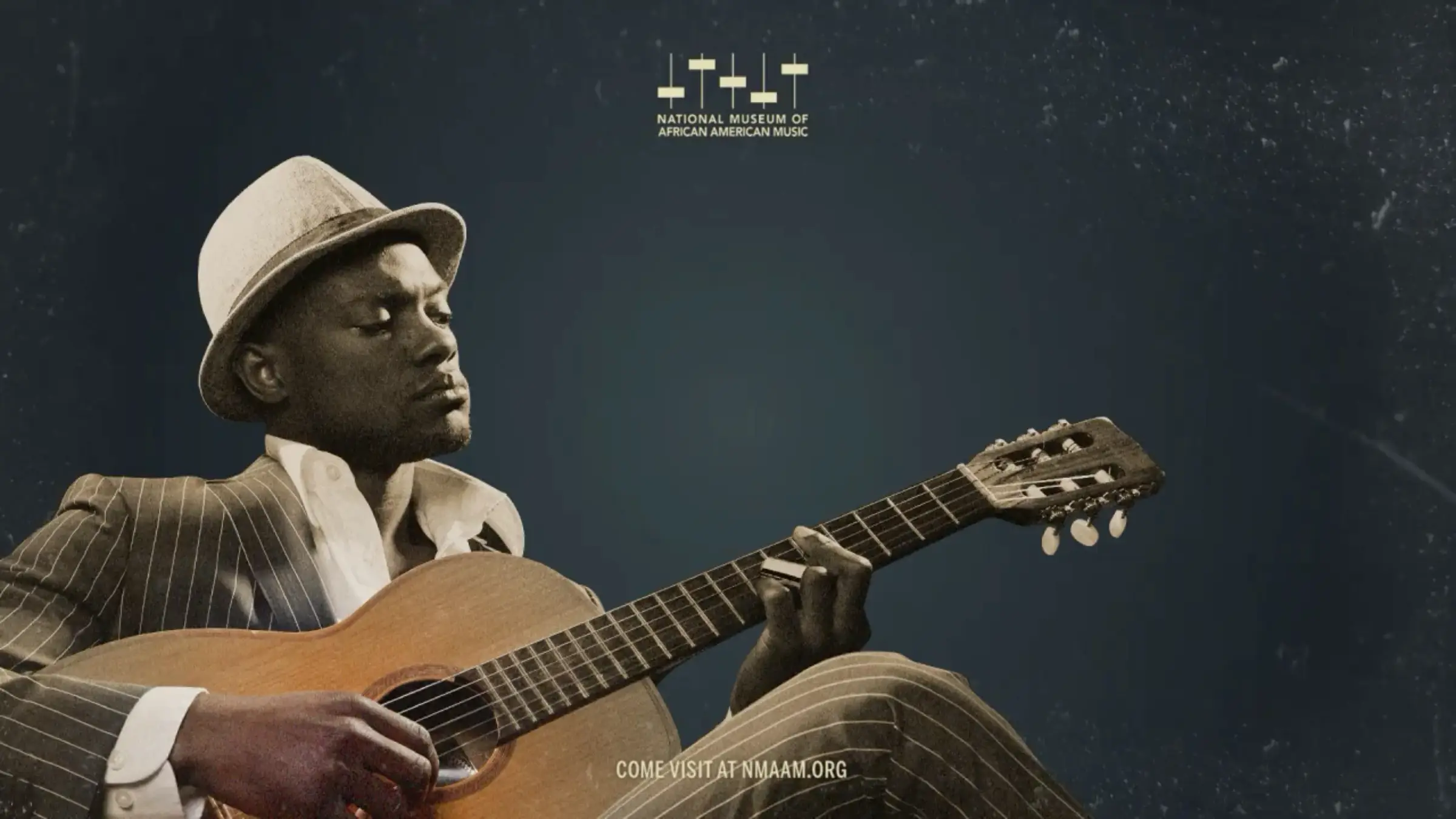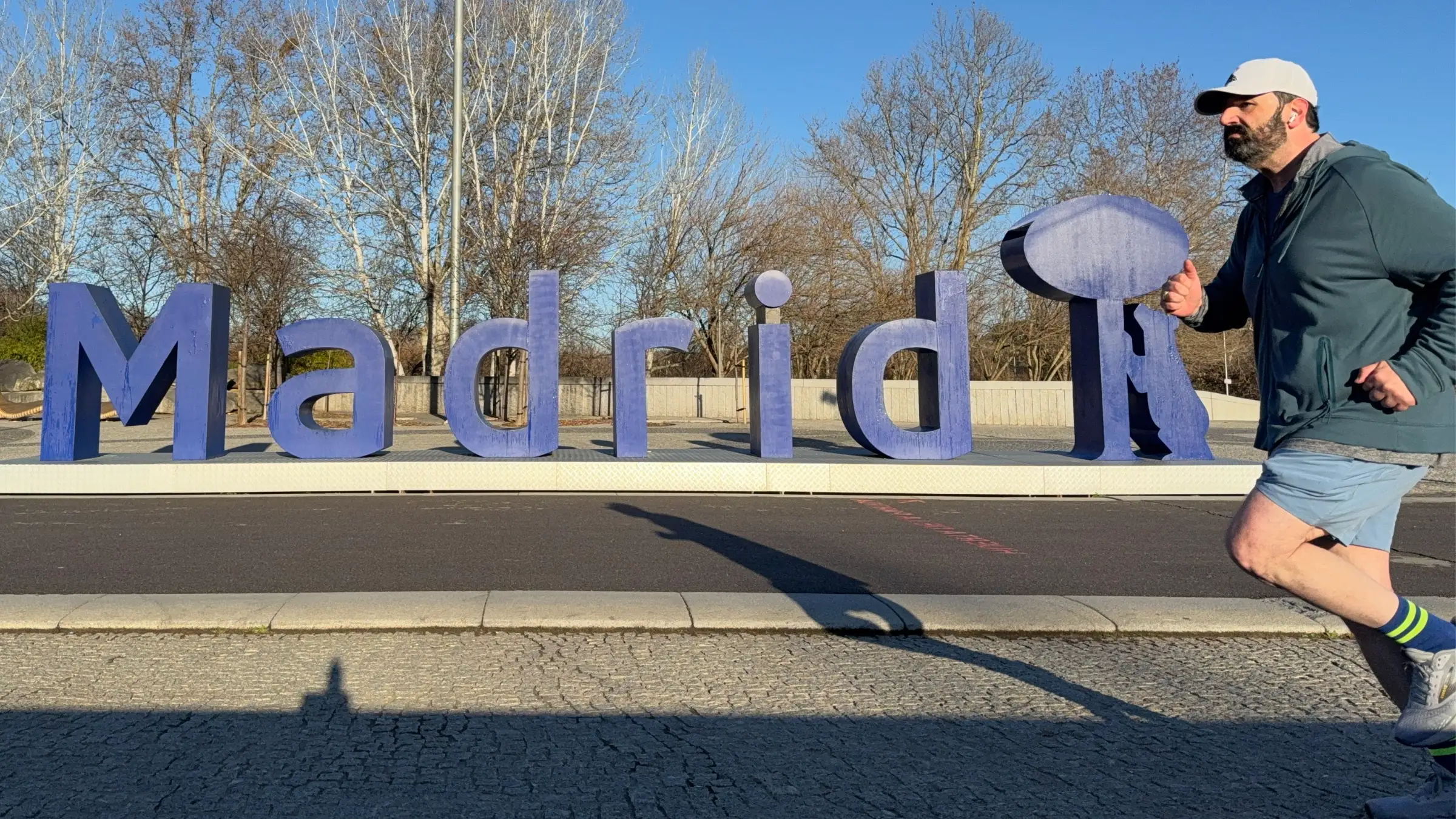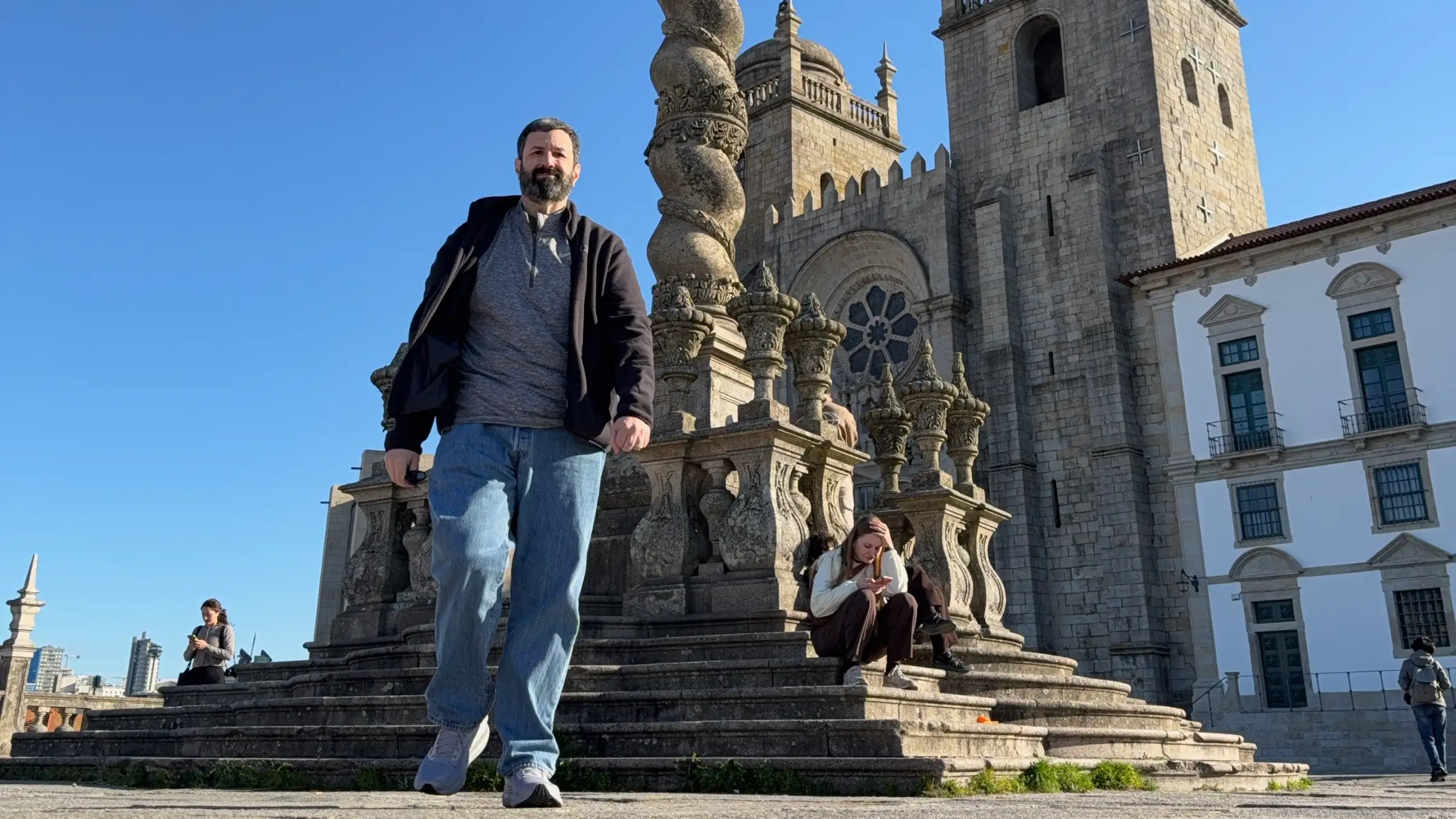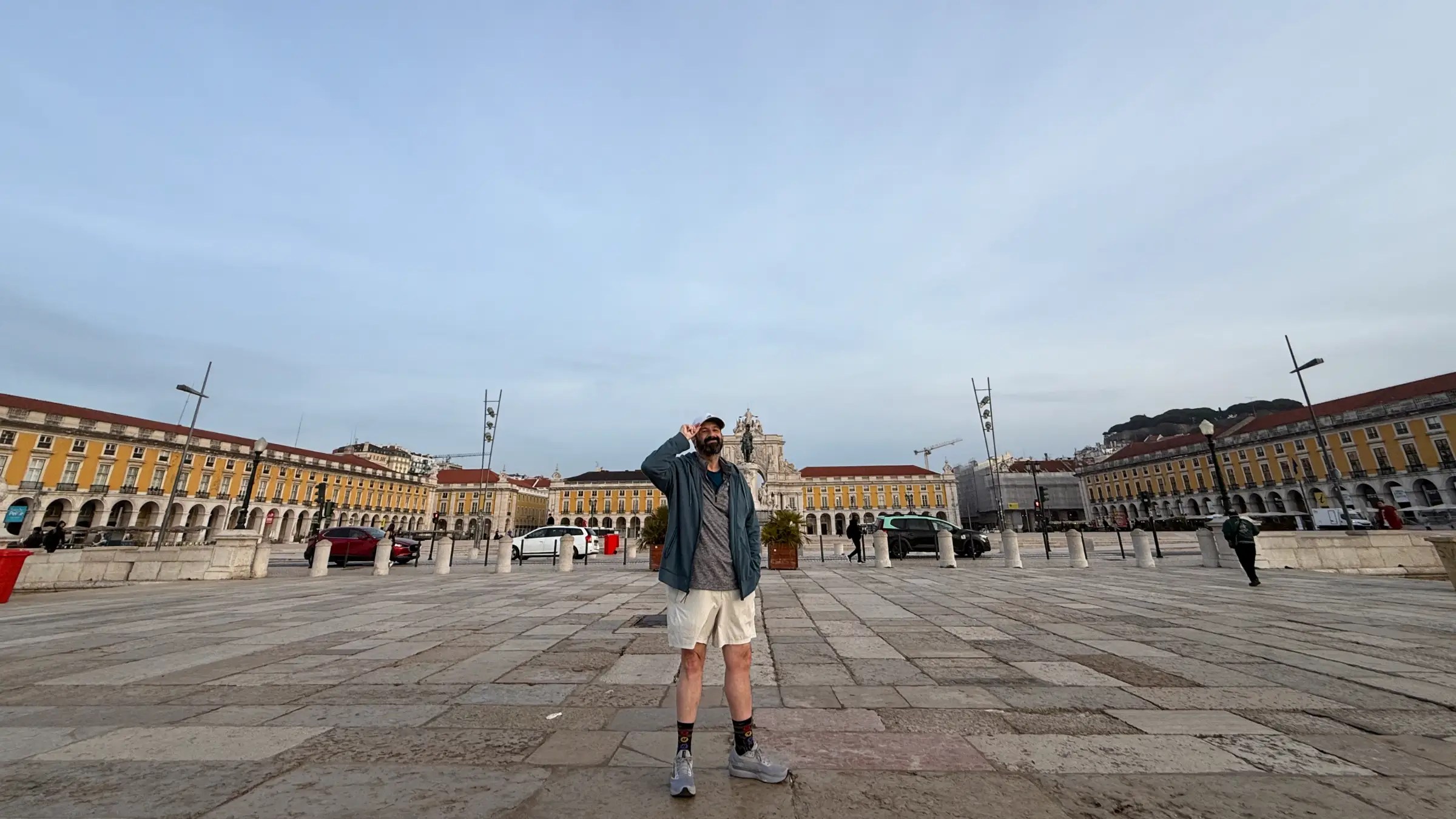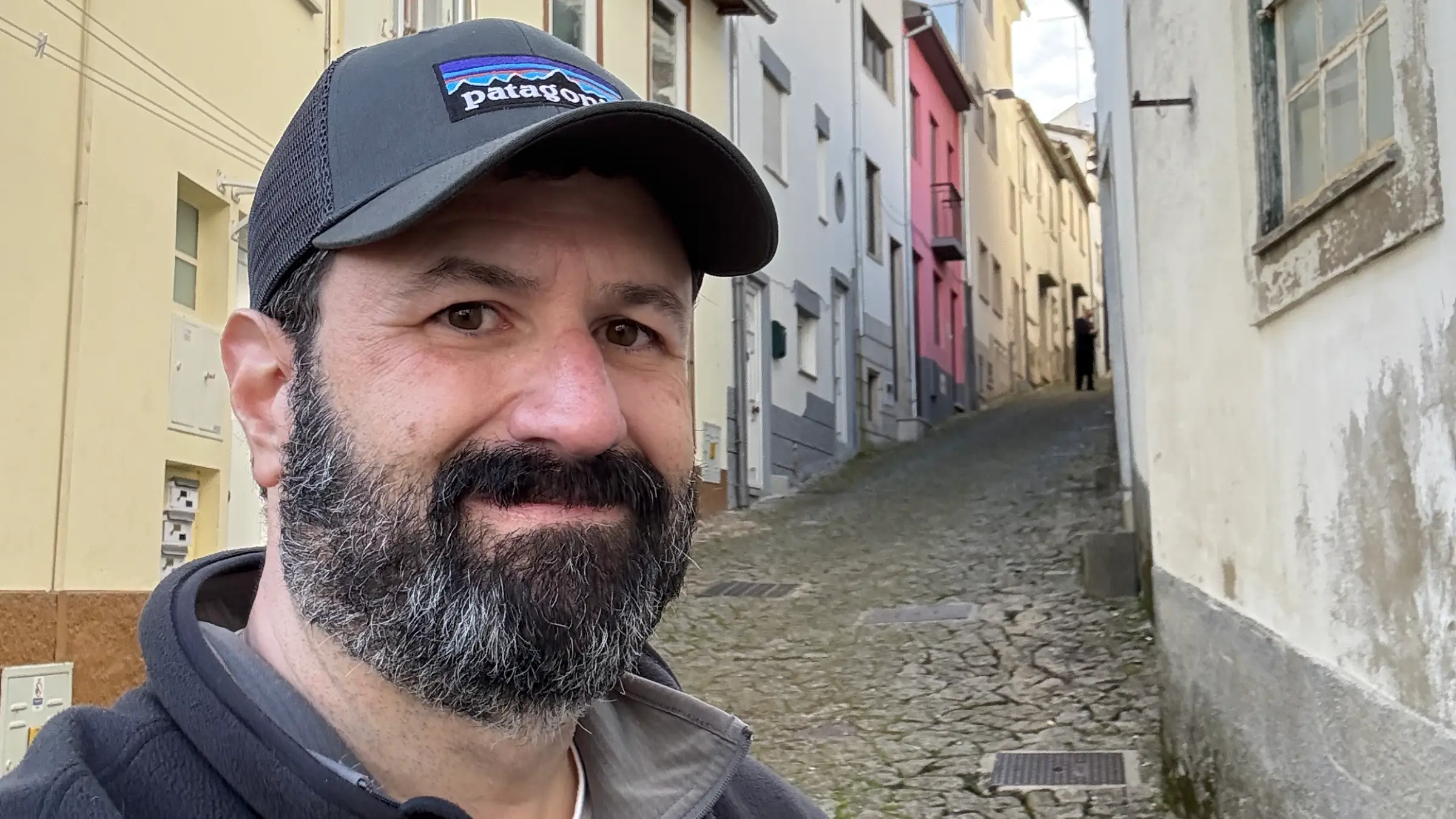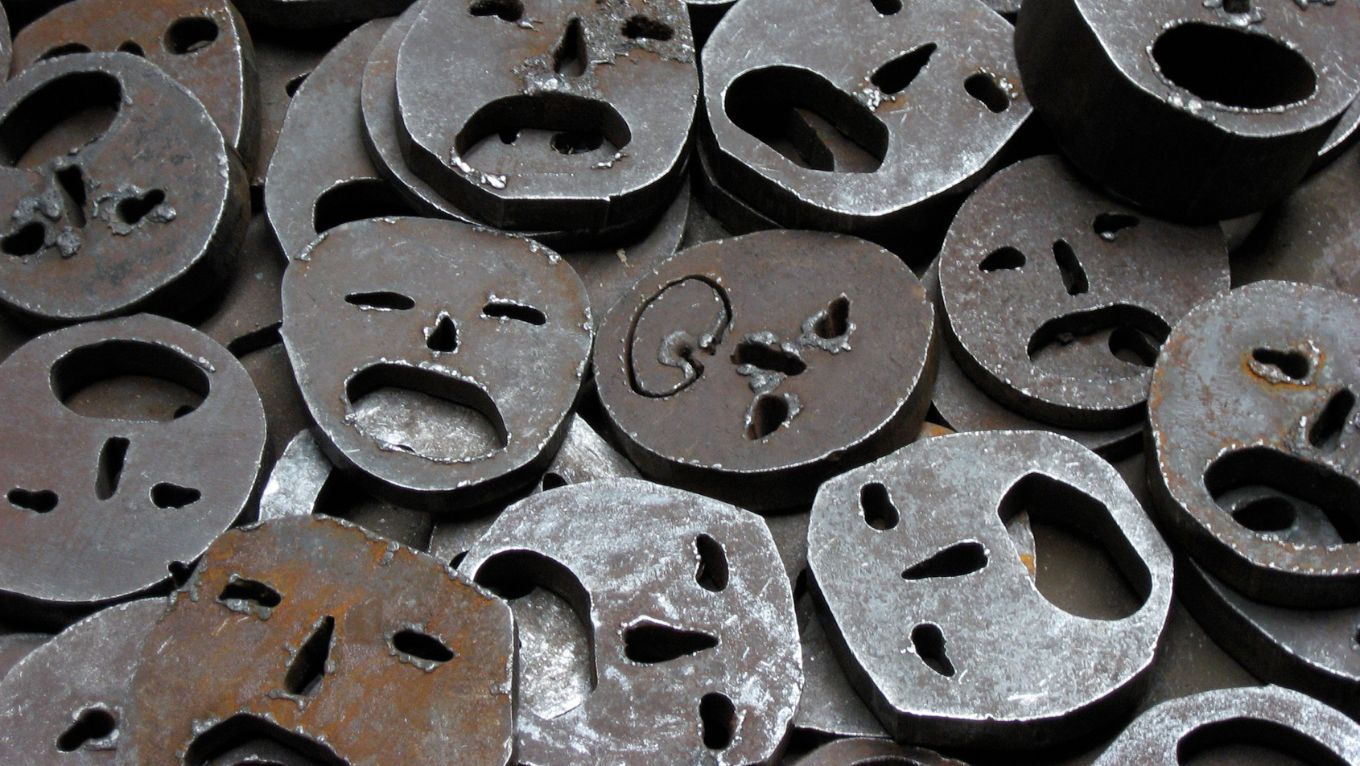-
Up a Tree and On the Rocks
It’s hard to put a finger on what makes Joshua Tree National Park so special. Actually, you shouldn’t put a finger on anything there because everything’s covered in spines.
-
A Sky Full of Stars
In space, no one can hear you blog.
-
A Museum Worth Singing About
The National Museum of African-American Music is more than funk and facts—it blends content and context into a powerful story. (It’s also where I made a blues video and laid down a beat. Cool, right?)
-
Take Me To The River
Not long ago, I wasn’t fit enough to run, and the Manzanares wasn’t fit for anyone to run along. Boy, have things changed.
-
Down in the Count in Porto
Why did I find Porto disappointing? Was there anything I enjoyed? What’s the deal with the gulls? Here are the answers to those questions, and more.
-
Lisbon: Gonna Keep on Runnin’ Till I Reach My Higher Ground
Running in Lisbon requires changes in altitudes and changes in attitudes. Would anything remain quite the same?
-
You Can Go Home Again. Just Wait About 425 Years First.
A little bit of my ancestry awaited me just behind the mountains. What would I discover? What would I feel? Where did I park?
-
Return to Retiro
Let’s take a sunrise walk through one of the world’s greatest parks—and end up at one of the world’s finest restaurants!
-
Zipping Around Madrid in My Zapatillas
The best way to experience Madrid is with running shoes on your feet—and no musical adaptions of Victor Hugo novels ringing in your ears.
-
… Queers and David’s Stars
Nazi atrocities against Jews and queers are more connected than many people realize. If we continue thinking of them as two distinct groups, we can’t learn from history, nor can we prepare to fight off the modern threat of authoritarianism.
The Daily Dave
Live, laugh, logorrhea

